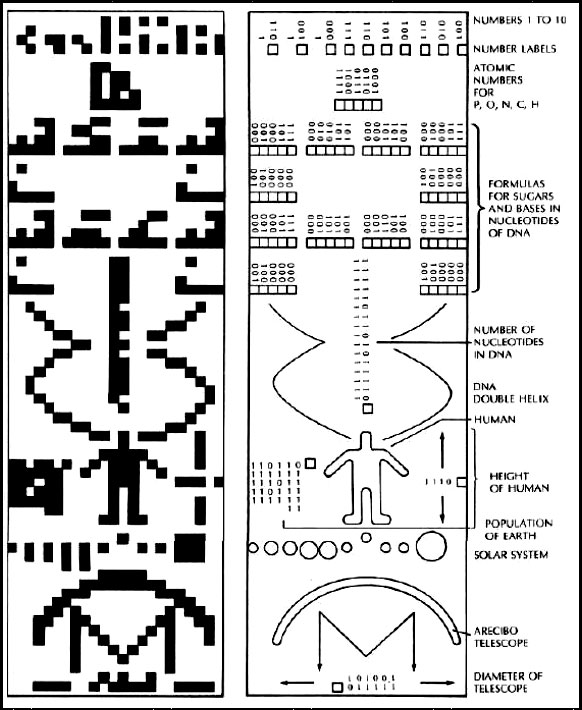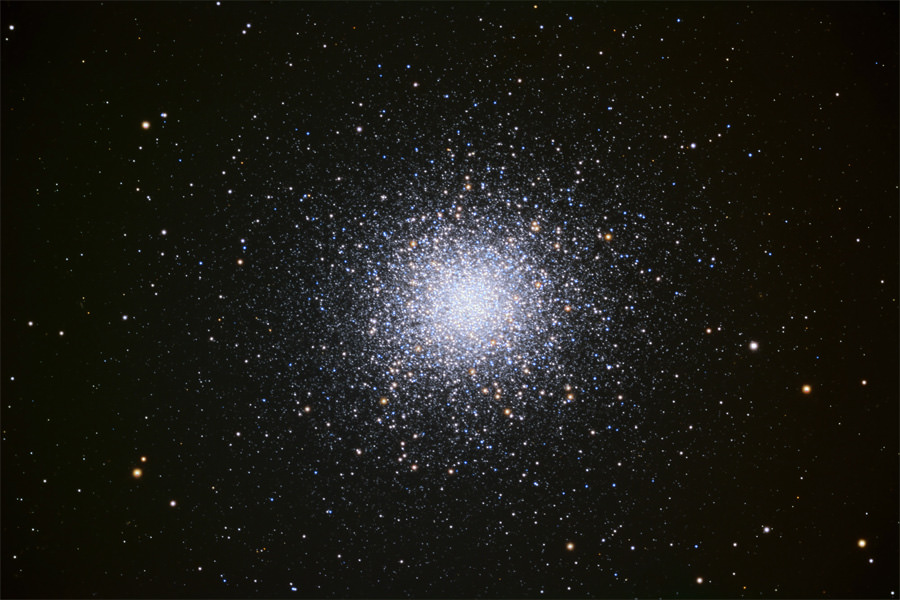
Argo: The Talking Ship
When Jason embarked on the quest for the golden fleece, he was accompanied by the most impressive assembly of heroes that had ever come together prior to the Trojan War. While this motley ensemble included such luminaries as Heracles, Castor, Pollux, and Orpheus, many lesser known figures such as Apollo's son Idmon, the shape-shifter Periclymenus, and the skilled navigator Naupilus also joined in on this grand adventure. Ironically, though, perhaps the most noteworthy participant often goes unnoticed: Argo, the vessel that conveyed these intrepid heroes from Ioclus to Colchis. Constructed by the craftsman Argus, hence the name, the :Argo was the first vessel to plow the wine-dark waters and the only one, as far as we know, capable of speaking and rendering prophecies. Actually, only the prow spoke and it did so rarely, only when the Argonauts, as Jason's crew were called, needed guidance.
The prow was endowed with prophetic powers because it was fashioned of oak taken from the forest grove of Dodona, a sacred region of Greece of particular importance to Zeus and Apollo, the god of prophecy. In fact, the Oracle of Dodona, where priests would often read meaning into the rustling of leaves, was the most important of all oracles, save that of Delphi. It is little wonder that wood derived from that forest possessed mystical properties.
After the quest's successful completion, the Argo was abandoned on the beach of Pagasae, where it remained for many years. Sadly, years after the quest, Jason returned to the Argo. That time, however, he was not the young warrior eager for adventure, but a wretched man who had suffered through many tragedies, including the slaughter of his children. Jason saw the Argo resting on the beach and lay down next to it, as though wishing to return to his glorious past. Alas, as he napped, a fragment of the prow, itself, fell onto his head, killing him instantly.

Constellation Argo Navis
Poseidon was said to have placed the ship in the stars, where it became the immensely large constellation Argo Navis. The mortal astronomer Nicolas-Louis de Lacaille (1713-1762) thought that the Argo Navis was far too large and so divided it into three different constellations: Vela (the sails), Puppis (the deck) and Carina (the keel.)*These lesser constellations still remain in the sky. It is rather unfortunate that he didn't see fit to craft a constellation around the talking prow.
*Although these three are regarded as "southern constellations," the northernmost section of Puppis is visible in our sky: just south of Canis Major.
THE SOUTHWORTH PLANETARIUM
207-780-4249 www.usm.maine.edu/planet
70 Falmouth Street Portland, Maine 04103
43.6667° N 70.2667° W
Altitude: 10 feet below sea level
Founded January 1970
Julian Date: 2459325.18
2020-2021: CXVI
THE DAILY ASTRONOMER
Wednesday, April 21, 2021
Exploratorium XLV: Arecibo Message
We finished with the eclipse questions. Now, we fulfill a subscriber request for more information about the Arecibo Radio Message. We will include an image of that message and an explanation.
Humanity's first deliberate interstellar call into the wild black yonder is almost forty-five light years away and, during the time you spent reading this sentence, will have moved another 1.6 million miles closer to its destination, the Hercules Globular Cluster.* Though considerable, the distance already traversed represents merely 0.18% of its 25,000 light year journey. Many millennia will elapse until the highly attenuated message finally infiltrates that vast globe of stars and, perhaps, is captured and deciphered by any beings residing around one of them. Assuming the message elicits a response and the recipients know where to direct it, the reply will propagate through space for an additional 25,000 years until reaching our remote descendants, who won't have foggiest notion about the original transmission, thereby rendering the entire experiment a pointless disaster.
That last paragraph covered the marketing angle. Now, we proceed with the science.
In November 1974, astronomers using the Arecibo Radio Telescope in Puerto Rico transmitted a three minute message at a frequency 2,380 MHz toward M13, a globular star cluster in the constellation Hercules. This message consisting of 1,679 binary digits now travels at light speed toward this spherical distribution of more than 300,000 stars currently located 25,000 light years from Earth.
Two highly notable Cornell astronomers, Frank Drake and Carl Sagan devised this special message They chose 1,679 binary digits because 1,679 is a semi-prime number, evenly divisible by two prime numbers;- in this instance, 23 and 73. Therefore, the sequence can only be arranged in a 23 x 73 rectangle: 23 columns and 73 rows.** When so configured, the sequence would appear as a grid work of ones and zeroes, each one enclosed in a square. By darkening the zero squares and leaving the one squares blank, one would produce the following image,

The message designers crammed as much information into this sequence as possible: information pertaining specifically to Earth, the humans living on it, and the chemical constituents comprising their genetic material. The upper row consists of the first ten binary digits: the key, as it were, for the symbols located at lower strata. Beneath the numbers one finds binary representations of hydrogen, carbon, nitrogen, oxygen and phosphorus: the principal elements necessary for Earth life. Each of these elements contains a specific number of protons. (hydrogen - 1; carbon - 6; nitrogen -7; oxygen - 8 and phosphorus -15). As these elements will have exactly the same proton numbers -more correctly called 'atomic numbers'- elsewhere in the Universe, any alien whose scientific knowledge is at least comparable to our own will identify these elements by number. Below these elements are listed the nucleotides, organic*** molecules comprising the DNA double-helix that, itself, is featured lower down.
Beneath the double helix stands a human. Here one encounters perhaps the most complex message of the entire array. The human figure is next to the binary number for 14 which, when multiplied by the wavelength of the radio transmission (126 mm) yields 1.764 meters, the average human height. (Good luck, aliens.) To the right is the binary representation of Earth's 1974 human population of 4.3 billion.
Continuing down the sequence we encounter the solar system's retinue of nine planets all aligned on one side of the Sun. The third planet is displaced, indicating its special role as our home. (Note: the International Astronomical Union's ill-advised Pluto demotion occurred in August 2006, more than thirty years after transmission.)
Finally, at bottom, the Arecibo Radio Telescope itself: the 1,000 foot wide radio dish that emitted the message presently propagating through interstellar space. That telescope is no longer functional.
Destination Hercules: The Globular Star Cluster toward which the message is traveling.
Provided the message is received by some beings in the Hercules Cluster (see the last paragraph for a spoiler), and that message is captured and deciphered, perhaps we'll evoke a response from fellow creatures lurking somewhere in deep space. Though this notion might seem far fetched, realize that, from almost all other perspectives in the cosmos, Earth, itself, is lost in deepest space.
The problem, of course, is that this whole affair was essentially a ploy: an excuse to demonstrate the radio telescope's formidable transmission capabilities. The inverse square law tells us that when the message reaches the 25,000 light year point, it will be so attenuated as to be practically undetectable. Moreover -and this was the little detail the Cornell astronomers opted to ignore- by the time the message does arrive, the galactic rotation will have shifted the Hercules Globular Cluster away from its present location. For all the trouble the astronomers took to craft and transmit this message, they knew then as we know now that the message will miss its target! Perhaps it is just as well. Who knows what kind of message we might have received in return.
*This measured time assumes that, like me, you have an average reading speed and aren't one of these insane speed reader types who go through words like fugitives driving borrowed cars.
**Arrange the sequence with 73 columns and 23 rows and you'll have a confounded mess that, knowing Earth's luck, would appear as a precisely phrased invasion-precipitating insult in the alien's native language.
***carbon-based
To subscribe or unsubscribe from the Daily Astronomer:




